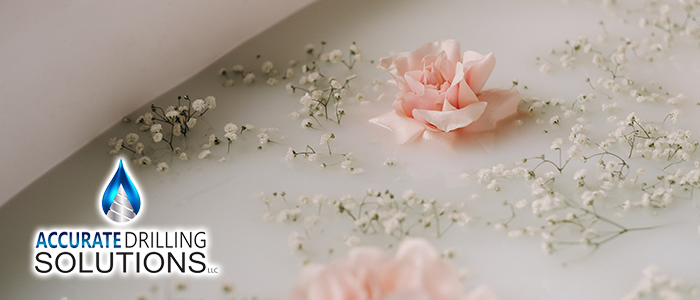Why Is My Water Cloudy After It Rained
Wet months are on their way. You know it as well as I do – We’re getting close to the rainy season. While our local wildlife and plants have adapted just fine, some are still getting used to it. The rainy season brings some worrying phenomena for some well water system owners. One that you’re likely to run into is cloudy water after a heavy storm. This is a pretty normal occurrence, but that doesn’t mean you should ignore it. Cloudy water can come from various sources, and some can be very dangerous.
This article will cover what causes cloudy water and what to do if it happens.
Be Aware of Sudden Changes
Whenever your water quality suddenly changes, this is usually a sign that something is wrong. Water that is usually clear should stay clear. This is true of taste and smell changes, and it’s certainly true for changes in your water’s color. So whenever a sudden change occurs, it’s essential you get it checked as soon as possible. Why should you check your water when it changes color? Well…
Causes of Cloudy Water After Rain Storms
Water in your well comes from an underground aquifer. As it rains, materials and water move over and into the ground. This can deliver materials into your well. You may notice a brown or milky color to your water after heavy rains. This can be caused by something as harmless as rusty plumbing. Old pipes can discolor water as iron bacteria start to reproduce. As unpleasant as this is, iron in the water is usually safe.
On the other hand, you could also have rainwater contamination. Dirty water from the surface might have penetrated your well, and now you have runoff contamination. Even worse: There might be cross-contamination with a septic system. Each of these problems has unique dangers as well as solutions. For example, you might not taste a problem, even if the septic system leached in.
Cloudy water is NOT safe to drink because you do not know what’s in it. Take this problem seriously and address it quickly.
First Steps
Try to eliminate problems with the plumbing as an option first. One thing you can do is if you’re seeing brownish water to check and see if it’s your plumbing or water heater. To do this, run the cold water and hot water in alternation, and see if the color changes when cold water is running. If it does, your water heater may be the source of the color. If you don’t have metal pipes but rather CPVC, you likely have a problem with the well itself.
It’s Time to Test Your Water
The solution to whatever problem you have will likely require professional assistance. Before you can fix the problem, though, you have to identify the problem. Test your well’s water supply. This will identify chemical, mineral, and potentially biological contaminants in your water. Once you know the problem, you can take steps to fix it and flush the contamination out of your well.
Rely on Accurate Drilling Solutions
If you need help fixing a problem with cloudy well water, don’t hesitate to give us a call. We’ve solved all manner of problems with wells, and with how often it rains in Florida, we know how to help you fix a cloudy water problem.
